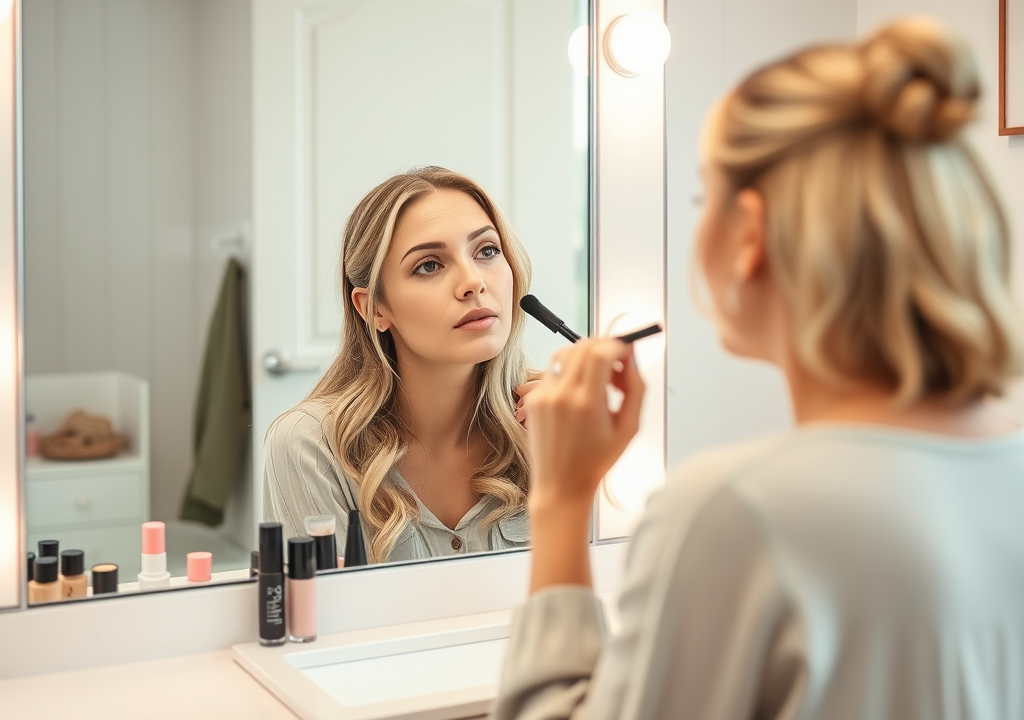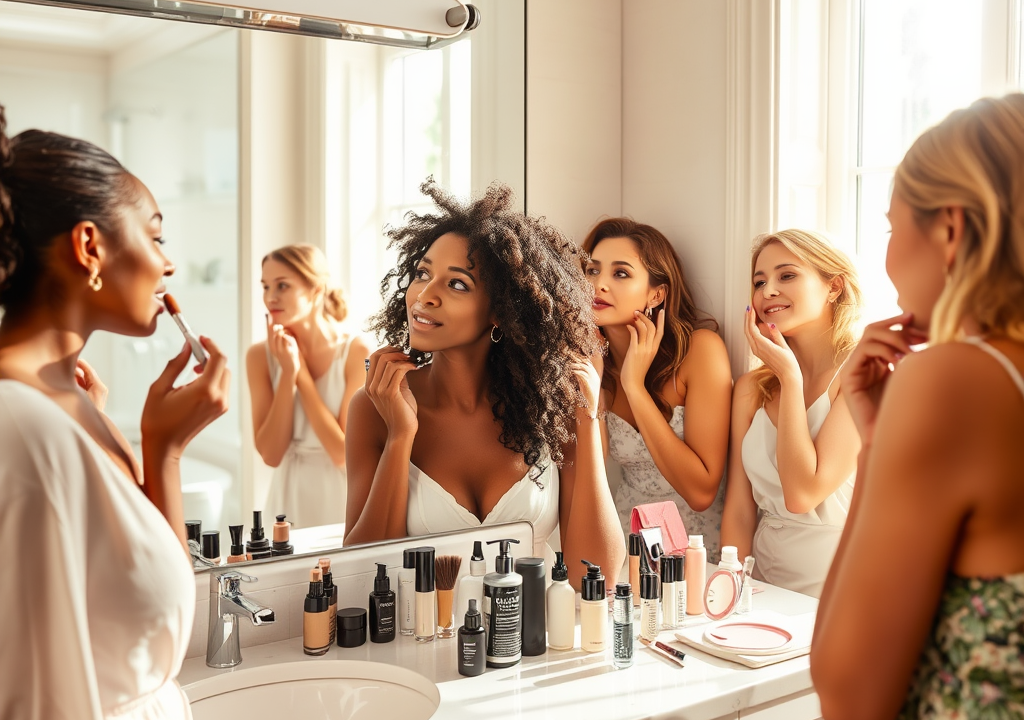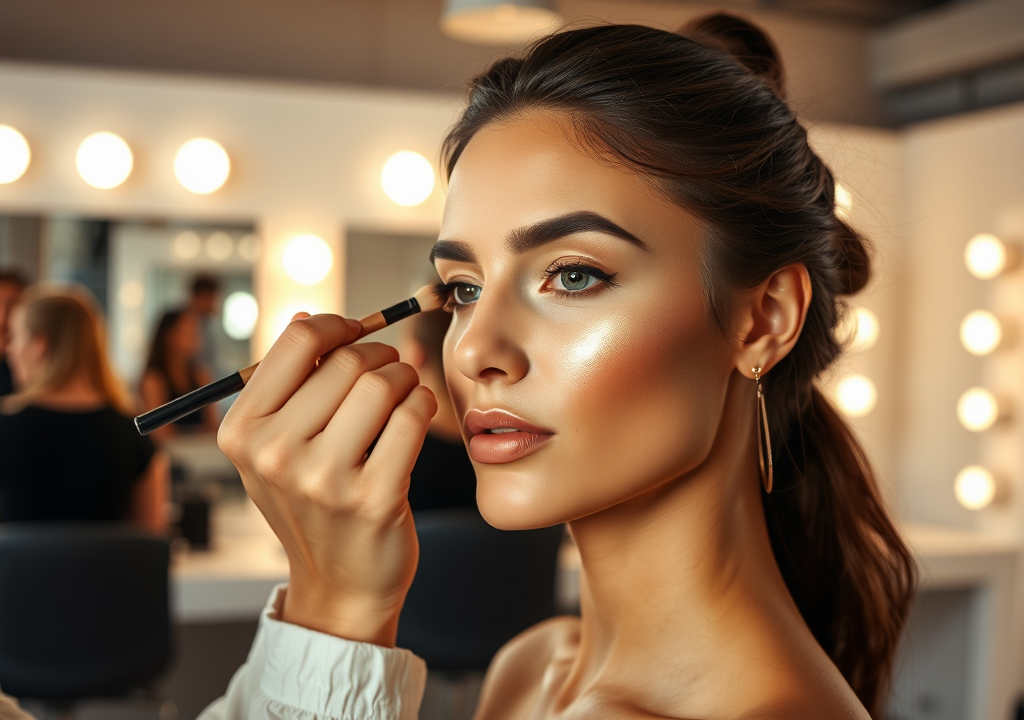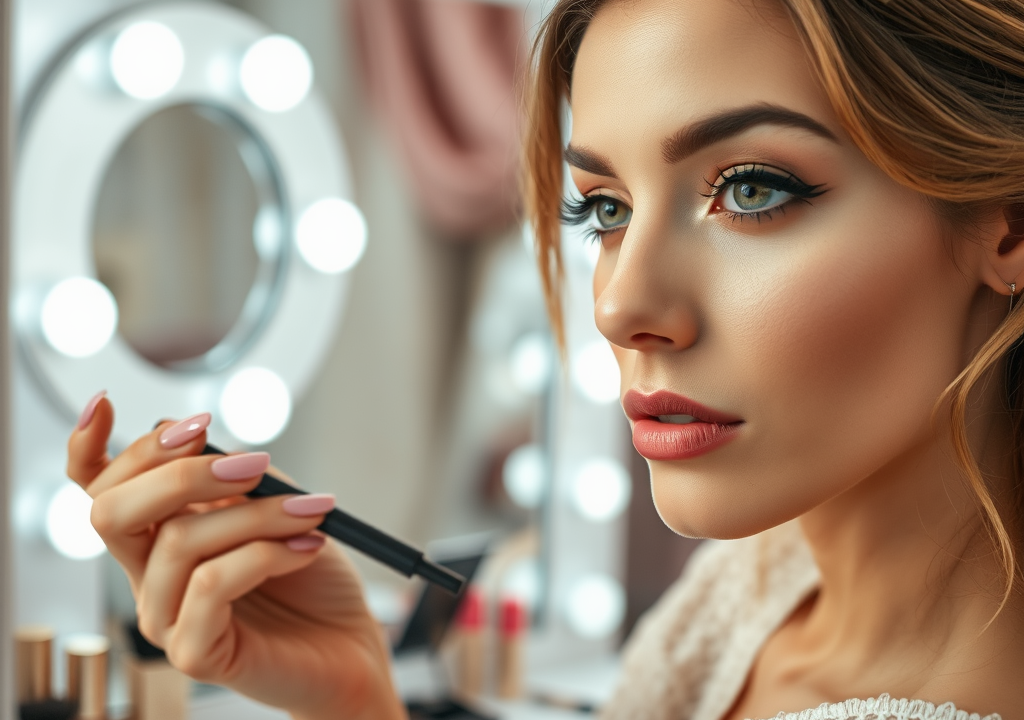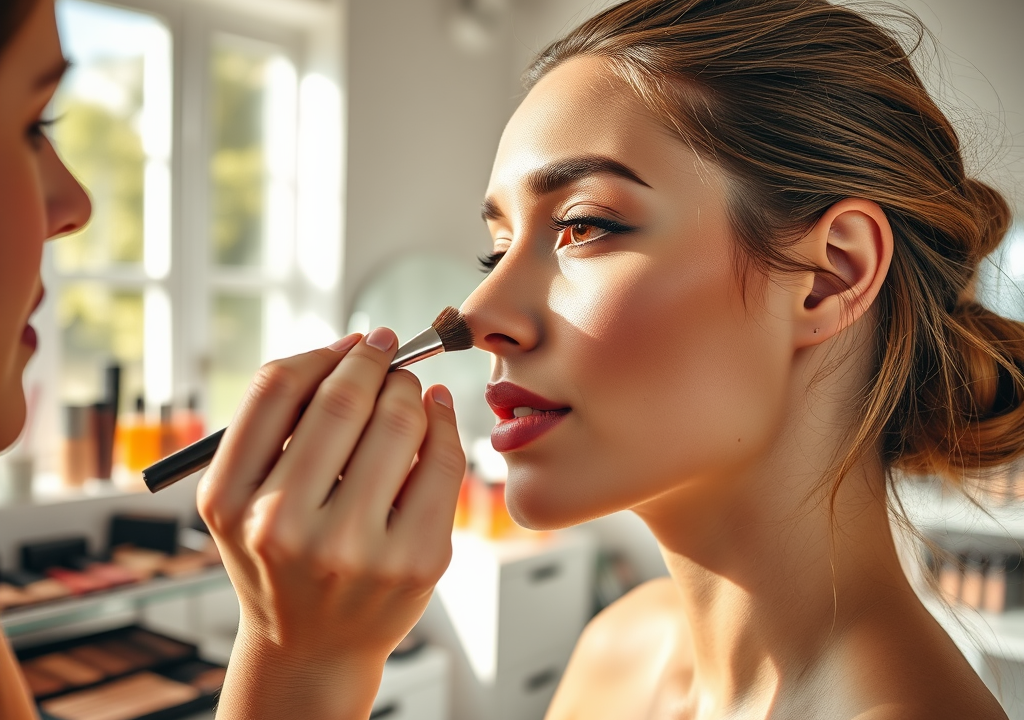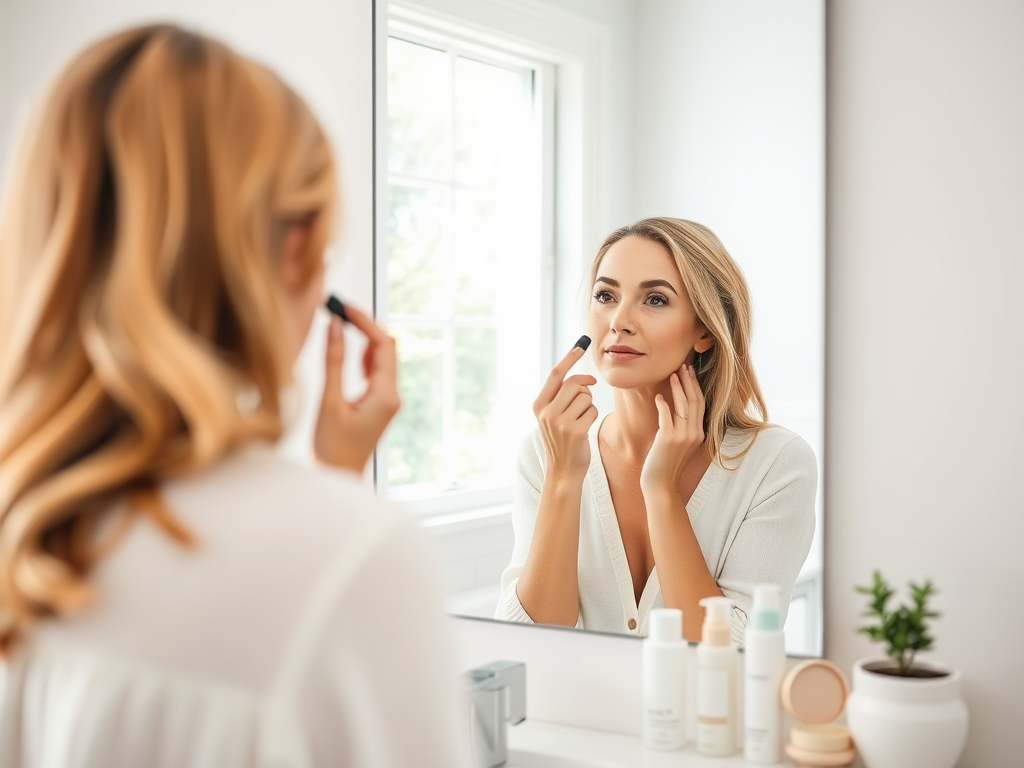Concealer is often viewed merely as a cosmetic product designed to mask imperfections, but its role in a well-rounded skincare routine is invaluable. For many, it serves as a quick fix, but when used effectively, it can enhance the overall appearance of your skin while providing some skincare benefits. Understanding how to use concealers in conjunction with a solid skincare regime can transform not just your look but also your confidence. As the world of beauty evolves, so too does our understanding of how makeup interacts with skincare. Concealer is not just a tool for hiding; it can also play a significant role in skin health when chosen and applied thoughtfully.
In this article, we’ll explore the nuances of concealer—from how to prepare your skin for application, to selecting the perfect shade for your complexion. With the right techniques, you can achieve a flawless finish that looks natural, all while nourishing your skin. Furthermore, we will delve into the types of concealers available, emphasizing how each can meet different needs based on skin type and specific concerns. By the time you finish reading, you’ll have a comprehensive understanding of how concealer fits into your skincare routine.
The Importance of Skincare Before Applying Concealer
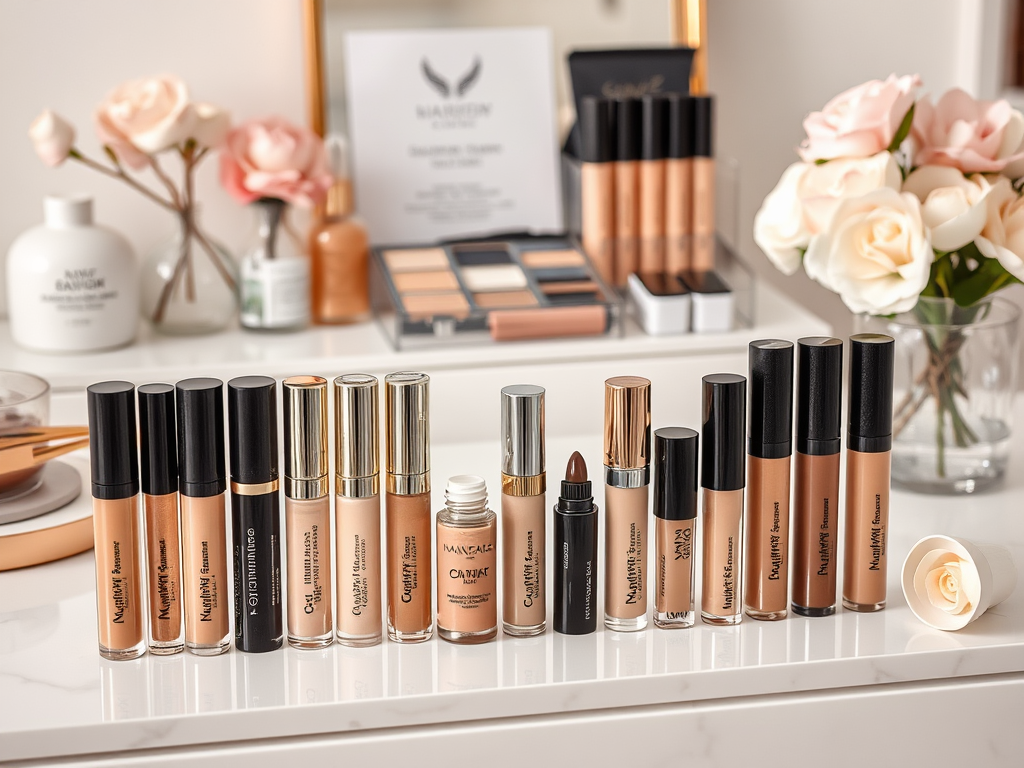
Before the use of concealer, preparing your skin is paramount. A thorough skincare regime enhances the effectiveness of any makeup product, ensuring a smooth application. Start by cleansing your face with a gentle cleanser that suits your skin type. A clean canvas prevents dullness and promotes even coverage, while also minimizing the risk of any breakouts due to clogged pores. Following cleansing, applying a high-quality moisturizer is essential for hydration, which should never be overlooked. Well-hydrated skin not only appears plump and healthy but also provides a better surface for makeup.
Many experts recommend using a primer after moisturizing to further prepare your skin. A good primer acts as a barrier that smooths out the skin’s texture and prolongs the wear of concealer. It can be particularly beneficial for those with large pores or uneven skin texture, rendering concealer application seamless. By adopting this multi-step preparation approach, you’re ensuring that your concealer holds up throughout the day, even in challenging conditions.
Choosing the Right Concealer
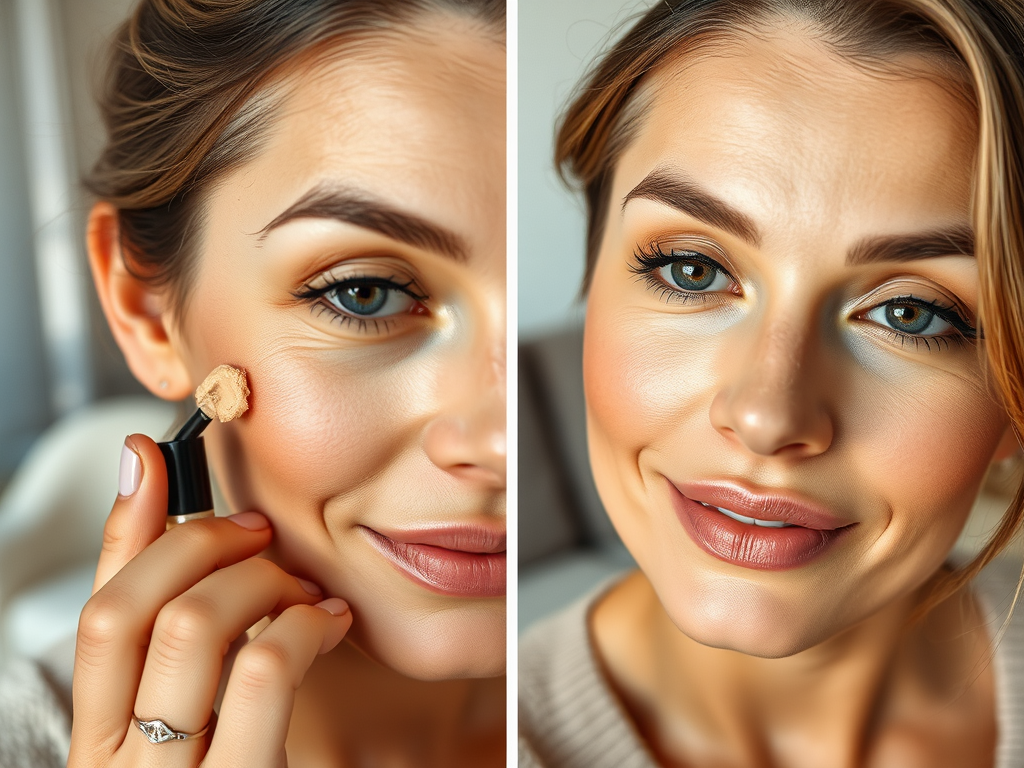
When it comes to selecting a concealer, it’s essential to understand that different types cater to various needs. Choosing the right product is not as simple as grabbing a tube at the store; it requires knowledge of your skin’s unique characteristics. Liquid concealers are perfect for under-eye circles or minor blemishes, as they seamlessly blend into the skin. Cream concealers, on the other hand, are often recommended for more significant imperfections requiring a higher coverage. Stick concealers can excel in targeted applications, making them efficient for covering spots or redness.
| Type of Concealer | Best For | Texture |
|---|---|---|
| Liquid Concealer | Under-eye circles, light blemishes | Lightweight |
| Cream Concealer | Acne scars, dark spots | Rich and thicker |
| Stick Concealer | Targeted coverage | Thick and creamy |
It’s also crucial to match the shade of concealer to your skin tone. To do this effectively, consider your undertones; they can significantly affect how a shade appears on your skin. Use the color wheel as a guideline; for example, peach tones counteract blue undertones often found under the eyes. These techniques can help you choose a shade that complements and enhances your skin’s natural beauty.
Application Techniques
Mastering concealer application techniques is vital for achieving a flawless look. The tools you select for application can greatly influence the final appearance. Brushes provide precision, while sponges allow for seamless blending; both have their advantages. Interestingly, sometimes the warmth of your fingers can help blend the product most effectively, especially in delicate areas such as the under-eye. Regardless of the tool you choose, ensure it’s clean to maintain skin health.
When it comes to placement, less is more. Start with a small amount of product, focusing on the areas requiring coverage. Dab gently, allowing the product to adhere without streaking. Pair this with blending motions to achieve a harmonious look that doesn’t appear cakey. Ultimately, your aim should be a natural finish that brightens the complexion rather than masking it.
Concealer and Skin Health
Choosing a concealer isn’t only about coverage—it’s also about skin health. Look for ingredients that support your skin rather than damage it. Hydrating formulas with components like hyaluronic acid can nourish the skin while providing coverage. Avoid heavy formulations that may clog pores and lead to breakouts. In this way, concealer functions both as a cosmetic and a skincare ally.
Conclusion
Incorporating concealer into your skincare routine can elevate not only your look but also your confidence. By preparing your skin properly, selecting the right product, mastering application techniques, and choosing skin-friendly formulas, you’ll achieve a stunning finish that lasts. Remember that the goal is to enhance your natural beauty, allowing your skin to shine through. Proper education on how to use concealer effectively makes all the difference, turning a simple step in your routine into a powerful tool for self-expression.
Frequently Asked Questions
- What is the best way to apply concealer? The best way to apply concealer is to use a combination of a brush or sponge for blending, depending on the area of the face.
- Should I use concealer before or after foundation? It generally depends on personal preferences. Some prefer to apply concealer after foundation to address any remaining imperfections.
- Can concealer cause breakouts? If you use a non-comedogenic formula and properly cleanse your skin, concealer should not cause breakouts.
- How do I know which concealer shade to choose? When in doubt, test a few shades on your jawline under natural light to find a perfect match for your skin tone.
- Is it necessary to set concealer with powder? Setting concealer can help prolong its wear time, especially in areas that are prone to creasing. However, it is not mandatory for everyone.
